Close to three years ago Hong Kong’s Maritime Week (HKMW) event hosted several seminars on decarbonization of the shipping sector. Even then this was nothing new: IMO had adopted its first set of international mandatory measures to improve ship’s energy efficiency on 15 July 2011. In 2018, new measures were introduced by IMO – to reduce GHG emissions by 50% by 2050 – which has triggered enormous debate and real innovation within the industry.
One difference in the ensuing three years since HKMW, has been the relative silence of critics within the industry who refused to accept LNG as the fuel to meet the promised land, and warned against the use of the fuel even as an interim fix. The argument was clear: LNG is clearly not a carbon free product, and the propensity for methane slip is even more problematic. Back in 2019 those who supported LNG as an interim fuel, lauded the fact that it produces less carbon than oil-based fuels, and in the longer term the supply infrastructure can be employed in bunkering new fuels that will eventually arrive.
Today about 1,000 vessels are trading that can use LNG, with an additional 700 ships on order according to shipbroker Clarksons. The emphasis is on can use LNG. In three short years the price of LNG has gone stratospheric. Therefore, it can be assumed that very few of LNG dual-fuelled vessels are burning LNG.
A report released by the NGO, the International Council of Clean Transport (ICCT), argues that Europe alone would have to provide annual subsidies of US$17.8bn by 2030 to close the cost gap between renewable or synthetic LNG marine fuels and conventional fossil fuel bunkers and thus avoid a cost of operating crisis. But actual availability of renewable LNG is expected to be severely limited even by 2030. This leaves that matter of methane slip in fossil LNG. LNG is mostly methane after all: a potent GHG with the global warming potential approximately 30 times greater that carbon dioxide over a 100-year period and more than 80 times greater over 20 years, according to the Intergovernmental Panel on Climate Change (IPCC).
According to the ICCT, between 2012 and 2018, the use of LNG as a marine fuel grew 28% globally, resulting in a 150% increase in methane emissions. Previous ICCT work has shown that the unburned fuel in the form of “methane slip” emitted from dual fuel internal combustion engines on ships, combined with the methane leakage that happens throughout the LNG supply chain, can result in higher well-to-wake (WTW) carbon dioxide-equivalent (CO2e) emissions from ships using LNG compared with conventional marine fuels.
“Some people have suggested that LNG can contribute to climate mitigation efforts because these ships can switch to bio and e-LNG (renewable LNG) in the future, and they expect that to result in reduced GHG emissions,” says the ICCT. “This assumes (a) that there will be enough renewable LNG in the future to meet demand, and (b) that using renewable LNG in marine engines will result in a substantial reduction in GHG emissions on a life-cycle basis.
The ICCT estimates that the cost of e-LNG would be at least seven times more expensive than fossil LNG in 2030; without the US$17.8bn subsidy the likelihood is that vessels would be running on 100% fossil LNG.
Unfortunately the ICCT offers little consolation in its alternative scenarios when considering cost.
“It is important for policymakers and all stakeholders to understand that other fuels could offer low life-cycle emissions without the methane problem. Synthetic diesel and green methanol have production costs and technical constraints similar to renewable LNG, but these liquid fuels are easier to store onboard than LNG and could be supplied using existing distribution networks.
“Synthetic diesel can be used in conventional marine engines or dual fuel engines, including those on existing LNG-fuelled ships, and methanol can be used in new or modified dual fuel engines. Future work can focus on the potential demand for and supply of nonmethane fuels to support the transition to zero-emission vessels.”
Source:
Hong Kong Maritime Hub
The opinions expressed herein are the author's and not necessarily those of The Xinde Marine News.
Please Contact Us at:
media@xindemarine.com


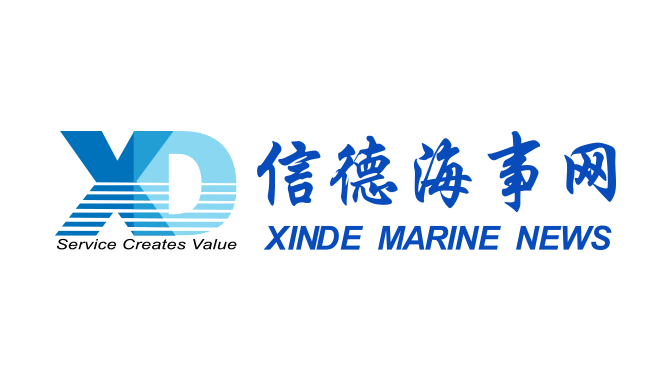 WOODSIDE AND CHINA RESOURCES AGREE LONG-TERM LNG SU
WOODSIDE AND CHINA RESOURCES AGREE LONG-TERM LNG SU 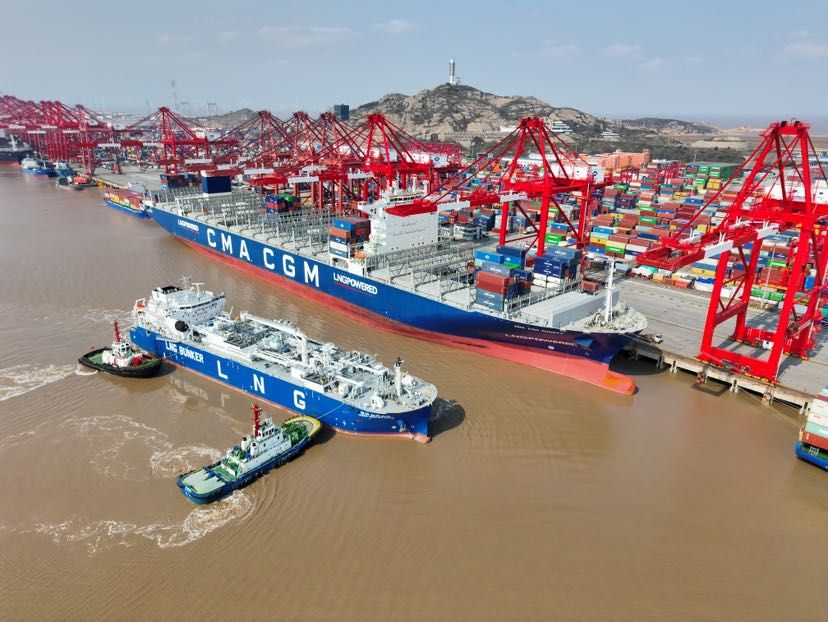 Shanghai Yangshan Port Bunkered Two LNG Powered Con
Shanghai Yangshan Port Bunkered Two LNG Powered Con 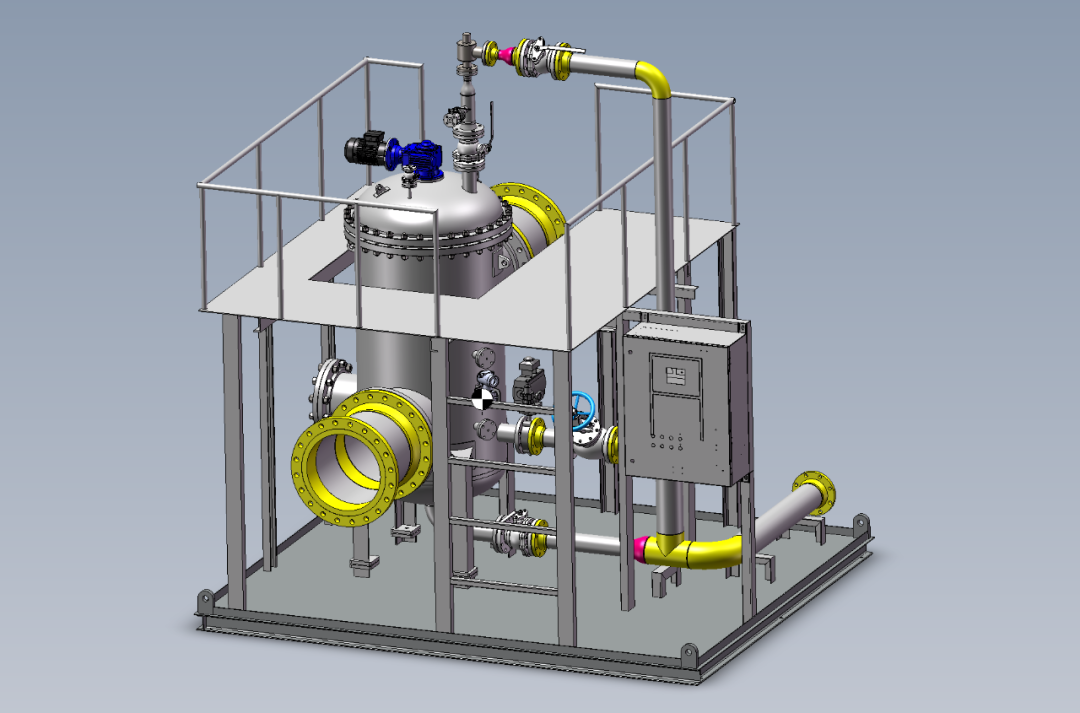 Headway successfully delivers filtration skid solut
Headway successfully delivers filtration skid solut  Celebrating the Launch of “Green Energy Pearl” –
Celebrating the Launch of “Green Energy Pearl” – 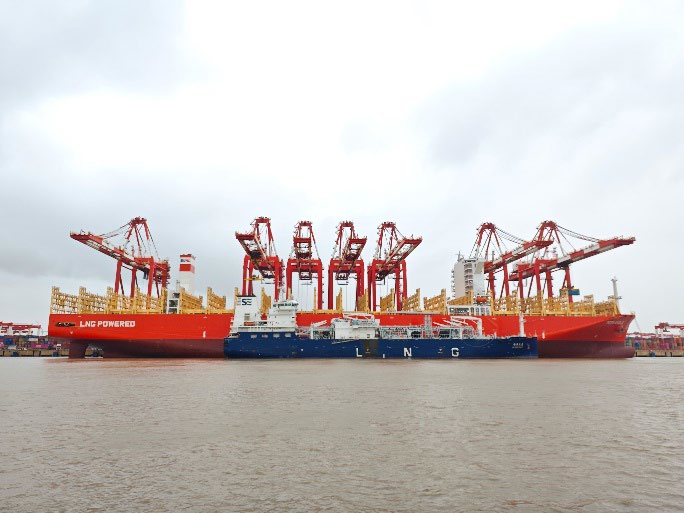 PIL and SSES complete the inaugural LNG bunkering o
PIL and SSES complete the inaugural LNG bunkering o 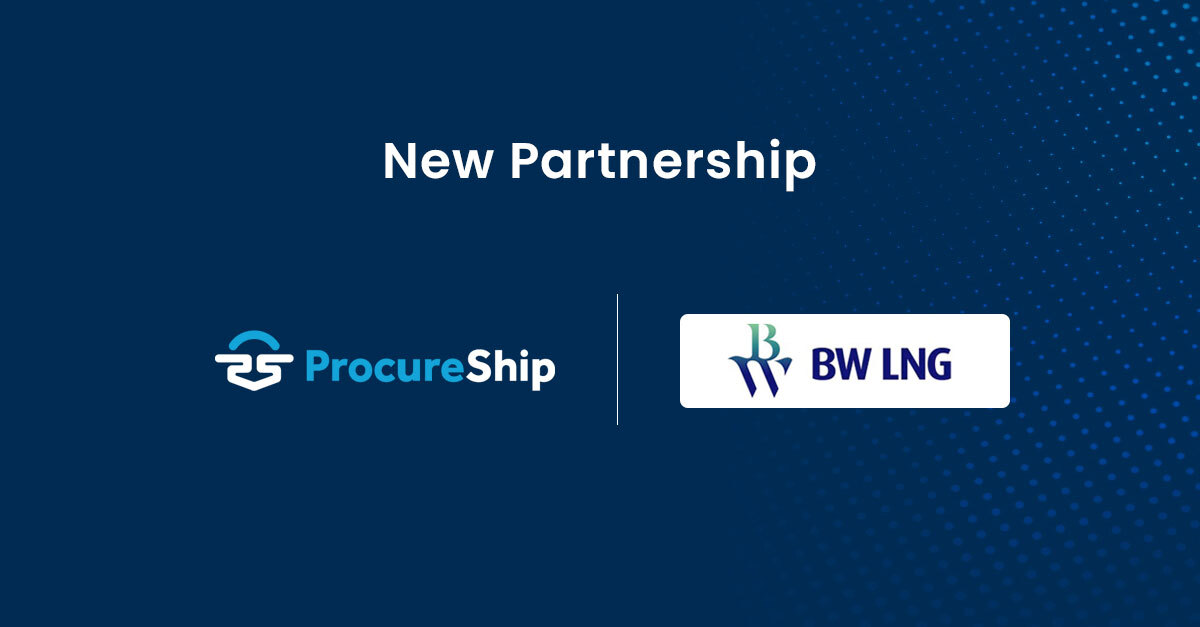 BW LNG secures e-procurement deal with Procureship
BW LNG secures e-procurement deal with Procureship